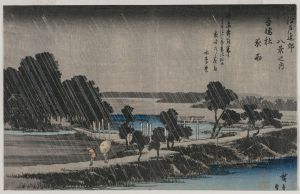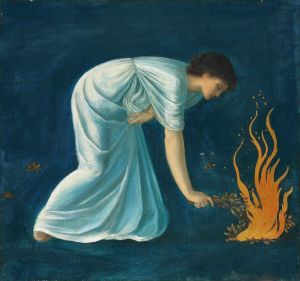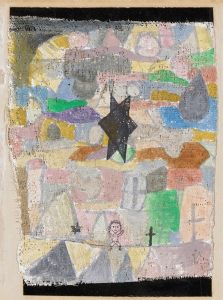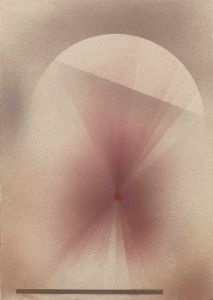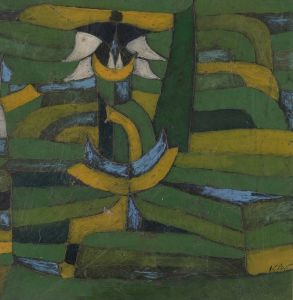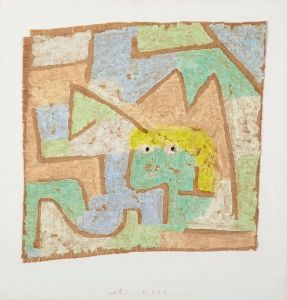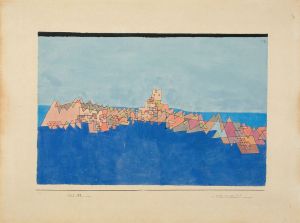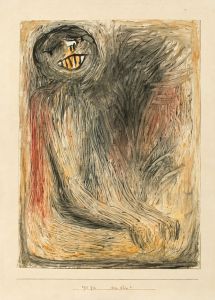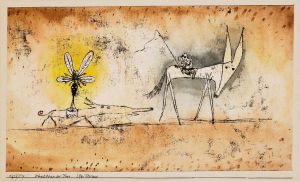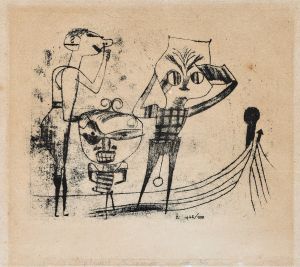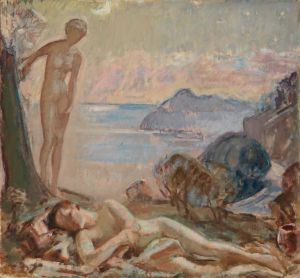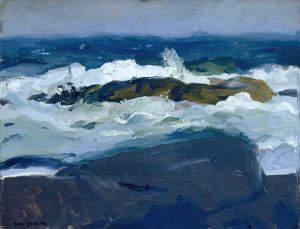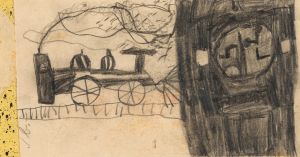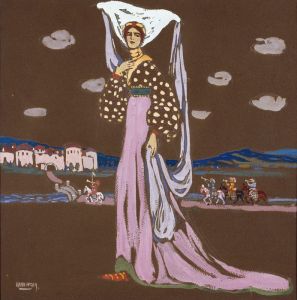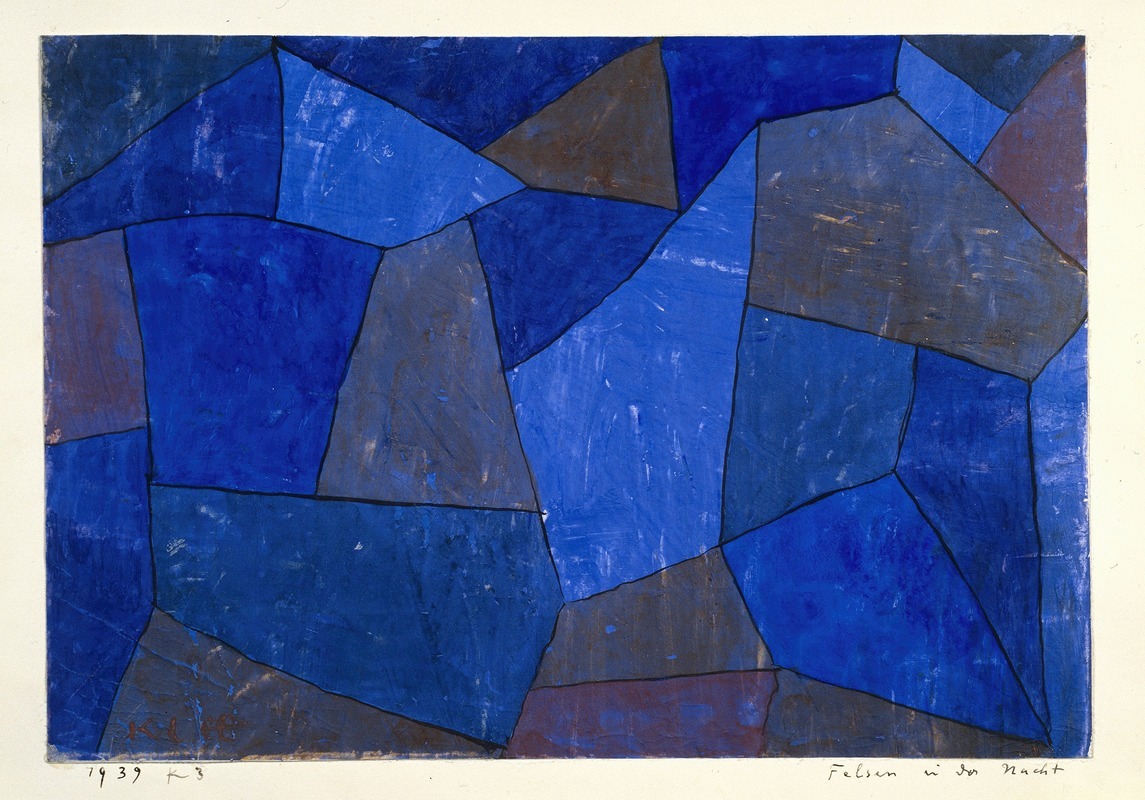
Rocks at Night
A hand-painted replica of Paul Klee’s masterpiece Rocks at Night, meticulously crafted by professional artists to capture the true essence of the original. Each piece is created with museum-quality canvas and rare mineral pigments, carefully painted by experienced artists with delicate brushstrokes and rich, layered colors to perfectly recreate the texture of the original artwork. Unlike machine-printed reproductions, this hand-painted version brings the painting to life, infused with the artist’s emotions and skill in every stroke. Whether for personal collection or home decoration, it instantly elevates the artistic atmosphere of any space.
Paul Klee, a Swiss-born artist, is renowned for his unique style that blends elements of expressionism, cubism, and surrealism. One of his notable works is "Rocks at Night," which exemplifies his innovative approach to art and his fascination with color and form. Klee's work often reflects his deep interest in the natural world, music, and the subconscious, and "Rocks at Night" is no exception.
"Rocks at Night" was created during a period when Klee was deeply engaged with exploring the interplay of color and form. This painting is a part of his extensive body of work that often features abstract landscapes and dream-like scenes. Klee's art is characterized by a whimsical yet profound exploration of the world, and he frequently used his paintings to express his thoughts on nature and the universe.
In "Rocks at Night," Klee employs a rich palette of colors to depict a nocturnal landscape. The painting is marked by its abstract representation of rocks, which are rendered in a way that suggests both solidity and fluidity. Klee's use of color is particularly noteworthy; he often used color to evoke emotion and to create a sense of depth and movement within his compositions. The colors in "Rocks at Night" are likely chosen to convey the mysterious and tranquil atmosphere of a nighttime scene.
Klee's technique often involved layering colors and using geometric shapes to build his compositions. In "Rocks at Night," this approach can be seen in the way the rocks are depicted with overlapping forms and subtle gradations of color. This technique not only adds to the visual interest of the painting but also invites viewers to engage with the work on a deeper level, encouraging them to interpret the forms and colors in their own way.
Paul Klee's work, including "Rocks at Night," is often associated with the Bauhaus movement, where he taught alongside other influential artists such as Wassily Kandinsky and László Moholy-Nagy. During his time at the Bauhaus, Klee developed many of his theories on color and form, which he applied in his paintings. His teaching and his art both reflect his belief in the spiritual and transformative power of art.
"Rocks at Night" is a testament to Klee's ability to blend abstraction with a sense of the natural world. His work continues to be celebrated for its innovative use of color and form, and his influence can be seen in the work of many contemporary artists. Klee's paintings, including "Rocks at Night," remain popular in museums and galleries around the world, where they continue to captivate audiences with their unique blend of whimsy and depth.
Overall, "Rocks at Night" is a fine example of Paul Klee's artistic vision and his ability to convey complex ideas through simple yet profound imagery. His work invites viewers to explore the boundaries between reality and imagination, making "Rocks at Night" a lasting piece of art that continues to inspire and intrigue.





